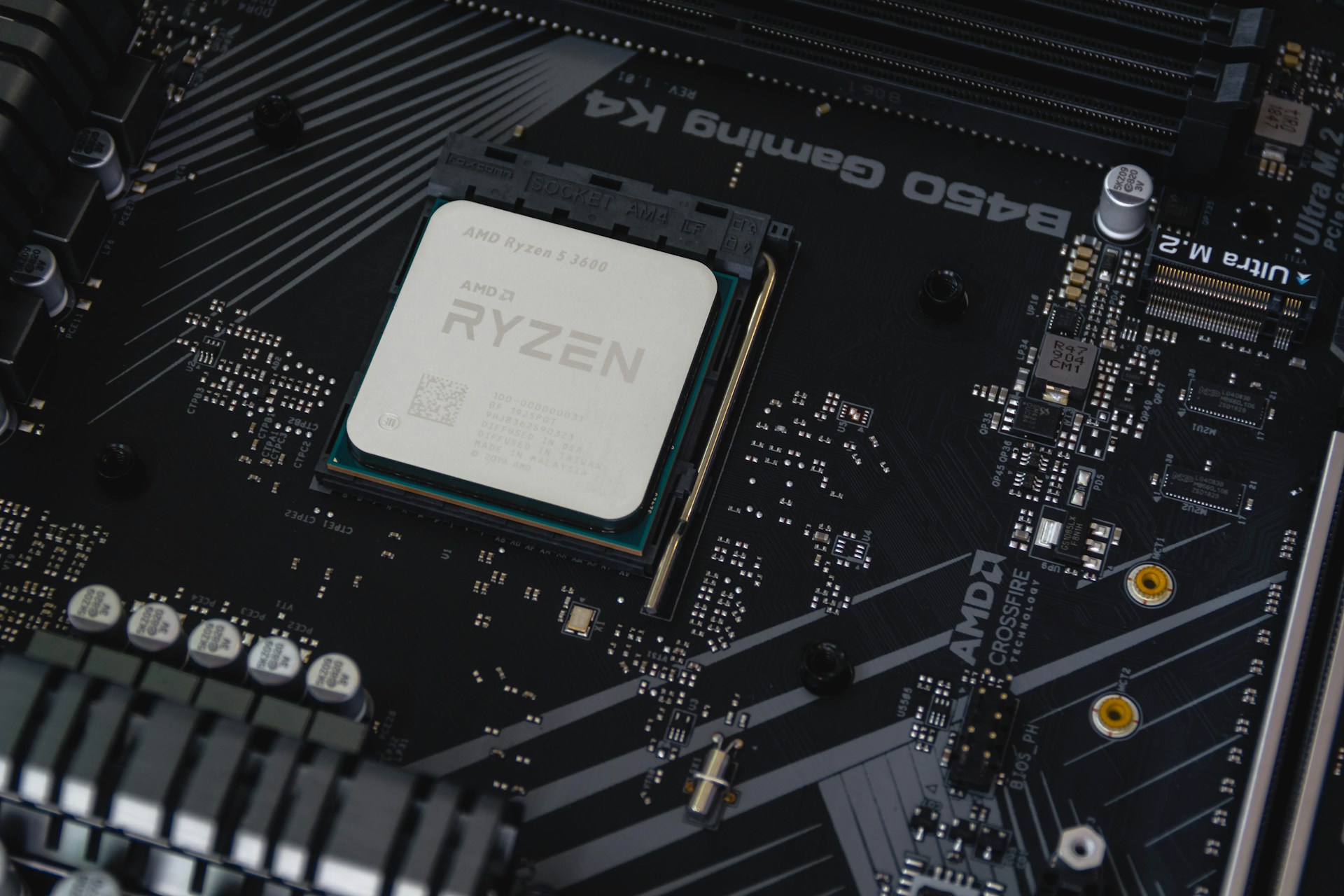Professor Peter Michler, head of the Institute of Semiconductor Optics and Functional Interfaces (IHFG) at the University of Stuttgart and deputy spokesperson for the Quantenrepeater.Net (QR.N) project, and his team have demonstrated the quantum teleportation of information between photons from two separate quantum dots.
Strobel, T., Vyvlecka, M., Neureuther, I., Bauer, T., Schäfer, M., Kazmaier, S., Sharma, N. L., Joos, R., Weber, J. H., Nawrath, C., Nie, W., Bhayani, G., Hopfmann, C., Becher, C., Michler, P., & Portalupi, S. L. (2025). Telecom-wavelength quantum teleportation using frequency-converted photons from remote quantum dots. Nature Communications, 16(1), 10027. https://doi.org/10.1038/s41467-025-65912-8
The achievement addresses a core challenge for the development of a quantum internet. In conventional digital communication, information travels in bits of zeros and ones. Quantum communication uses individual photons to carry information, where the polarization of a photon encodes a “zero” or a “one” or any superposition of both. Because of the laws of quantum mechanics, these states cannot be fully measured without disturbing them, providing inherent security against eavesdropping.
Professor Peter Michler, head of the Institute of Semiconductor Optics and Functional Interfaces (IHFG) at the University of Stuttgart stated,
“Transferring quantum information between photons from different quantum dots is a crucial step toward bridging greater distances.”
One limitation for practical quantum networks is the range of light in optical fibers. Classical signals can be amplified, but quantum information cannot be cloned or amplified without loss. Quantum repeaters are therefore required to extend transmission distances. These devices transfer information from one photon to another while maintaining its quantum properties, a process known as quantum teleportation.
The difficulty lies in making the photons sufficiently similar. To enable teleportation, the photons must be nearly identical in wavelength and temporal profile. Michler’s group, together with collaborators at Saarbrücken and Dresden, developed semiconductor quantum dots capable of generating almost identical photons at different locations. Tim Strobel, first author of the study, explains that the quantum dots behave like artificial atoms, with fixed energy levels that allow photons with defined properties to be produced on demand.
In the experiment, one quantum dot generated a single photon while the second produced an entangled photon pair. One of the entangled photons interacted with the single photon at the first location. Due to quantum superposition, the polarization state of the single photon was transferred to the distant entangled photon. Quantum frequency converters, developed by Prof. Christoph Becher’s team at Saarland University, were essential to compensate for residual frequency differences between the photons.
“This experiment demonstrates that information can be transferred between photons from physically separate sources,” Michler said. “It is an essential step toward connecting more distant nodes in a quantum network.” In the current setup, the quantum dots were separated by a 10-meter fiber, but previous work by the team had maintained entanglement across 36 kilometers within Stuttgart. Future improvements aim to increase teleportation fidelity beyond the current 70 percent and extend the range further.
Dr. Simone Luca Portalupi, group leader at IHFG and co-coordinator of the study, highlighted the significance for practical applications. “These results reflect years of effort to move from fundamental quantum physics toward technologies that can support secure communication,” she said. Strobel added that ongoing work in semiconductor fabrication will further reduce variations between photons and enhance the performance of quantum repeaters.
This milestone demonstrates that controlled teleportation of quantum information between remote photon sources is possible, bringing the vision of a fiber-optic quantum internet closer to reality. The combination of semiconductor quantum dots, entanglement, and frequency conversion represents a scalable path forward for secure, long-distance quantum communication networks.

Adrian graduated with a Masters Degree (1st Class Honours) in Chemical Engineering from Chester University along with Harris. His master’s research aimed to develop a standardadised clean water oxygenation transfer procedure to test bubble diffusers that are currently used in the wastewater industry commercial market. He has also undergone placments in both US and China primarely focused within the R&D department and is an associate member of the Institute of Chemical Engineers (IChemE).


